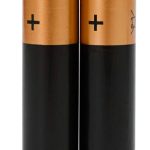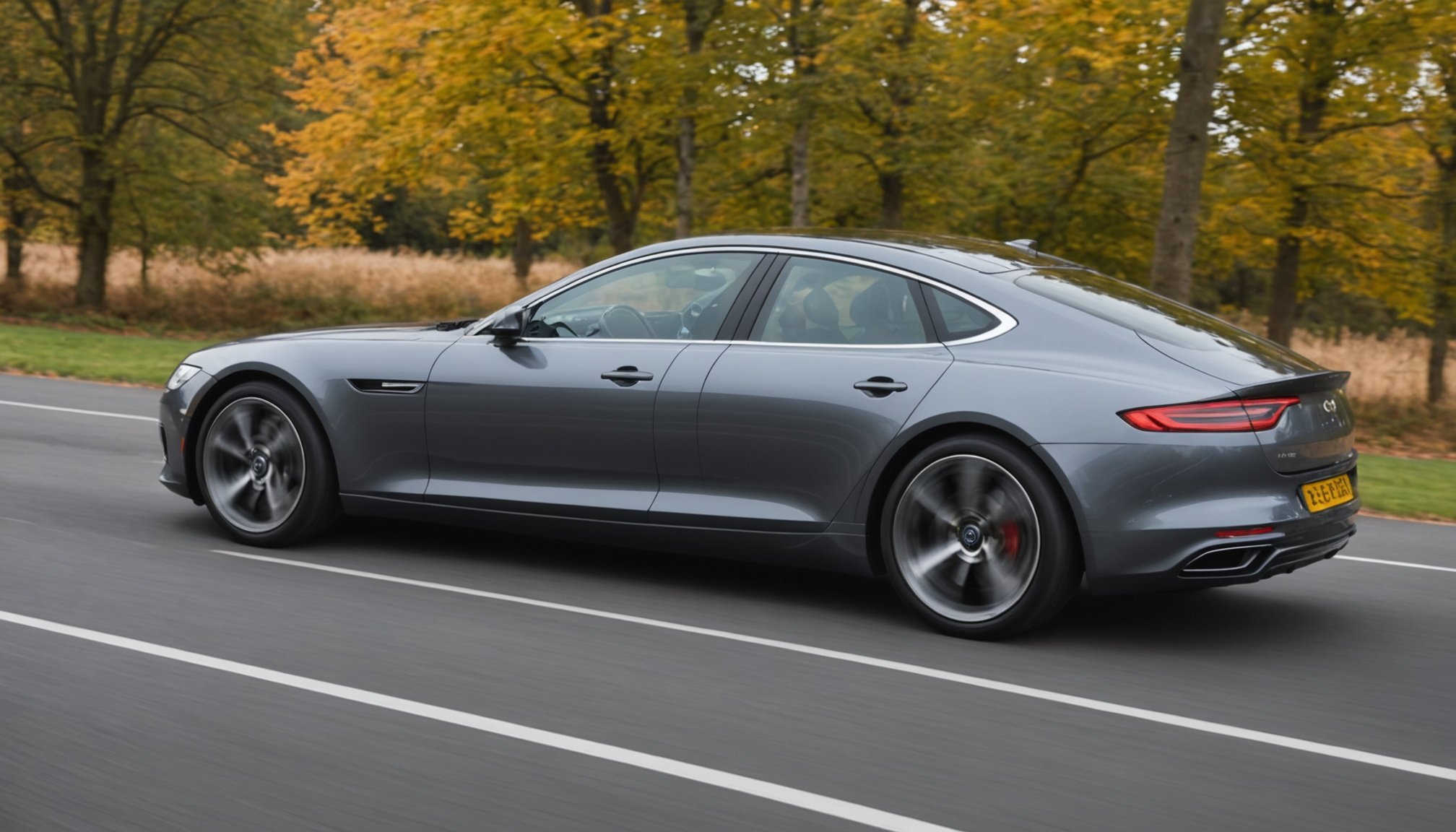For motorists across the United Kingdom, fuel efficiency is a major concern. With continuously rising petrol prices and growing environmental awareness, more and more drivers are keen to know how to reduce their car’s fuel consumption. One key factor that greatly impacts a vehicle’s fuel economy is its aerodynamics. The more aerodynamic a car is, the less drag it creates when moving through the air, and the less energy — or fuel — it needs to maintain speed. This article will delve into the myriad ways in which you can enhance the aerodynamics of your vehicle to boost its fuel efficiency.
Understanding Vehicle Aerodynamics
The term ‘aerodynamics’ may seem complex, but it’s quite simple. It refers to how smoothly a vehicle can move through the air. When a car is in motion, it has to overcome the air pressure in front of it. This air pressure, known as drag, is a resistive force that slows the vehicle down, requiring more energy to maintain speed. In the case of cars, that energy comes from fuel.
Also to read : What are the comprehensive steps for safely removing a tree sap from a car’s exterior in the UK?
The shape and design of a car greatly determine the amount of drag it will experience. Box-like cars like vans and SUVs typically face more drag due to their larger front area hitting the air. On the other hand, streamlined vehicles, such as sports cars with sloped hoods and tapered rears, experience less drag as they cut through the air more efficiently.
How Drag Impacts Fuel Efficiency
The relationship between drag and a vehicle’s fuel efficiency is direct. The higher the drag, the harder your engine has to work to maintain the same speed, resulting in higher fuel consumption. Essentially, your car’s engine uses fuel to generate energy. When there’s more drag, more energy is required to overcome it, leading to increased fuel use.
This might interest you : What is the best strategy to handle an insurance claim for a car accident involving multiple parties in the UK?
It’s worth noting that at lower speeds, the effect of aerodynamic drag on fuel consumption is relatively small. But as you increase your speed, the drag increases exponentially, making aerodynamics increasingly important. For example, when you double your driving speed, the aerodynamic drag quadruples, meaning your engine will consume significantly more fuel.
Enhancing Car Aerodynamics for Better Fuel Efficiency
Luckily, several techniques and modifications can improve your car’s aerodynamics and thus, its fuel economy.
Reducing Frontal Area
The frontal area is the portion of your car that faces the oncoming air as you drive. By reducing this area, you can decrease the air resistance your vehicle encounters, thereby reducing drag and improving fuel efficiency. This could involve simple steps such as removing roof racks when not in use or opting for smaller, more compact vehicles that naturally have less frontal area.
Streamlining the Rear
The rear design of a car also plays a crucial role in its aerodynamics. A sudden cut-off at the rear creates a vacuum that pulls the car back, increasing drag. On the other hand, a tapered rear allows the air to gradually close behind the car, reducing the drag effect. You can streamline your vehicle’s rear by installing a car spoiler that alters the airflow and reduces the vacuum effect.
Optimising Tyre Inflation
Properly inflated tyres reduce rolling resistance, which is another type of drag that impacts fuel efficiency. Under-inflated tyres have a larger contact area with the road, increasing rolling resistance and, consequently, fuel consumption. Regularly checking and adjusting your tyre pressure can help optimise your car’s aerodynamics and fuel efficiency.
Adopting Fuel-Efficient Driving Habits
While car design and modifications are essential for improving aerodynamics, your driving habits also significantly impact fuel efficiency.
Driving at Optimal Speeds
As mentioned earlier, drag increases exponentially with speed, so maintaining an optimal speed can help improve your car’s fuel efficiency. While the ideal speed varies depending on the vehicle, driving at around 50 to 60 miles per hour is generally considered the most fuel-efficient.
Avoiding Rapid Acceleration and Deceleration
Rapid acceleration and deceleration can increase the drag your car experiences and use more fuel. By adopting smoother driving habits, such as gradually accelerating and decelerating, you can reduce these effects and increase your vehicle’s fuel efficiency.
With these insights and techniques, you can enhance your car’s aerodynamics and enjoy better fuel economy. Whether it’s tweaking your vehicle’s design, maintaining your tyres, or simply adjusting your driving habits, every little helps when it comes to saving fuel and reducing your environmental footprint.
Advanced Aerodynamic Solutions
For car enthusiasts or those willing to make a significant investment in increasing their vehicle’s fuel efficiency, there are more advanced aerodynamic solutions available. These solutions often involve modifications to the car’s physical structure and can provide significant enhancements to the vehicle’s aerodynamics.
Low-Profile and Aerodynamic Components
Aftermarket car parts designed to enhance aerodynamics can be a worthwhile investment. Low-profile mirrors, for instance, can reduce wind resistance compared to larger, regularly shaped mirrors. Similarly, aerodynamic wheel covers can decrease the turbulence caused by spinning wheels, reducing drag.
Using Aerodynamic Add-ons
Aerodynamic add-ons like front air dams, side skirts, and rear diffusers can significantly improve a car’s aerodynamics by directing the airflow around the vehicle more efficiently. These additions work by reducing the amount of air flowing underneath the car, decreasing lift and drag. While these modifications may be more costly, they can offer significant improvements in fuel efficiency.
Vehicle Body Alteration
For a more drastic approach, altering the overall shape of the car’s body can provide substantial aerodynamic benefits. This can involve remoulding the car’s shape to mimic more aerodynamic designs like that of a teardrop, the most aerodynamically efficient shape in nature. It’s important to note, however, that such alterations should be done by professionals to ensure safety and effectiveness.
Conclusion: The Value of Aerodynamics for Fuel Efficiency
Improving a car’s aerodynamics is an effective way to enhance its fuel efficiency and ultimately save on fuel costs. While some methods like maintaining optimal tyre pressure and removing unnecessary external accessories may be simple and inexpensive, others like installing aerodynamic add-ons and altering the car’s body may require more significant investments.
Implementing these changes not only reduces the drag your vehicle experiences but also the amount of fuel it consumes. This can translate into substantial savings over time, especially given the continuously rising petrol prices in the UK. Moreover, improving your car’s fuel efficiency contributes to reducing its environmental impact, an increasingly critical concern in our time.
Whether you opt for simple changes or more advanced modifications, enhancing your vehicle’s aerodynamics is a practical and worthwhile endeavor. So, the next time you hop into your car, bear in mind the principles of aerodynamics and consider what changes you can make to drive more efficiently. The benefits of better fuel economy await.











